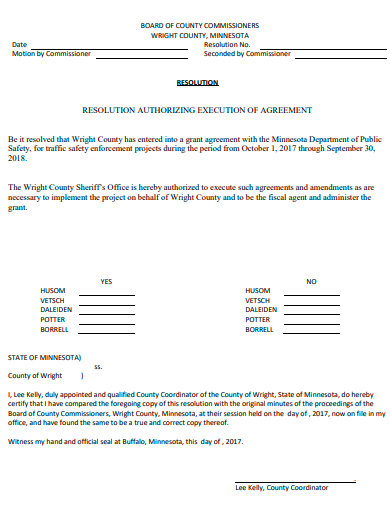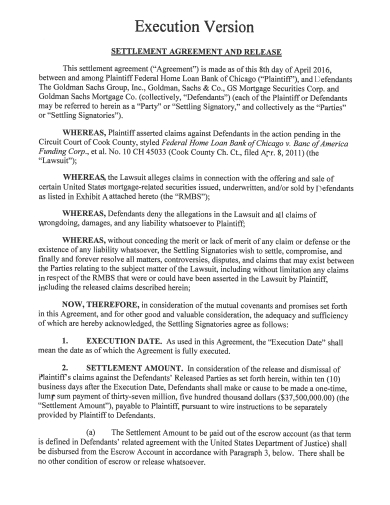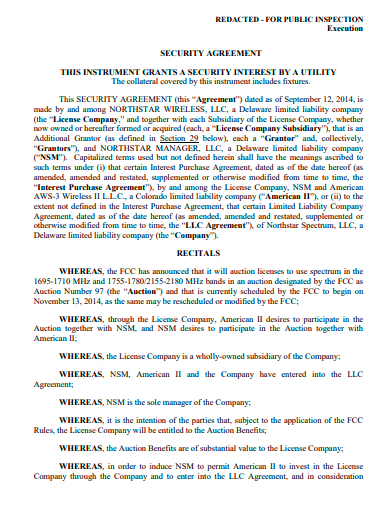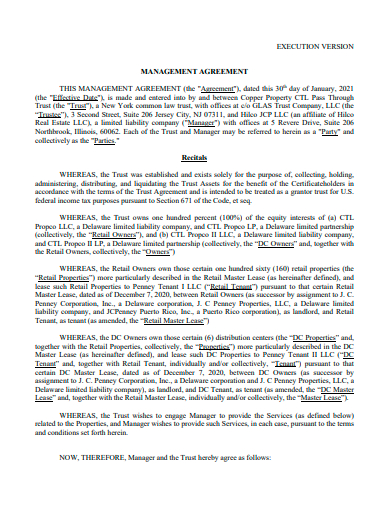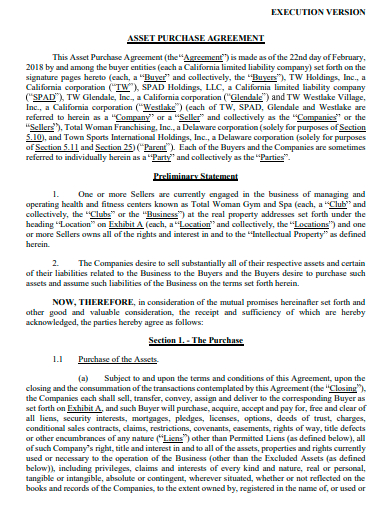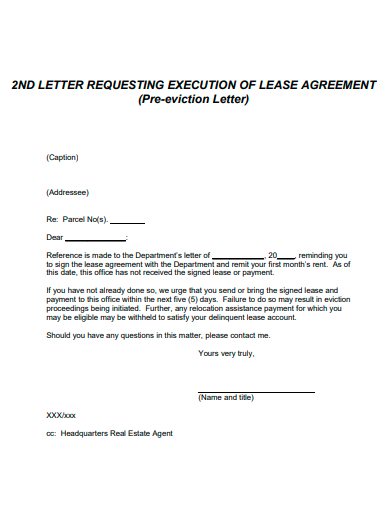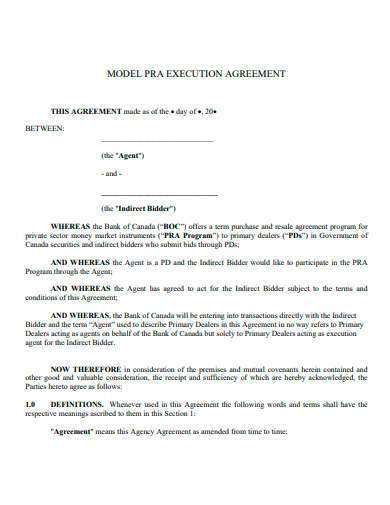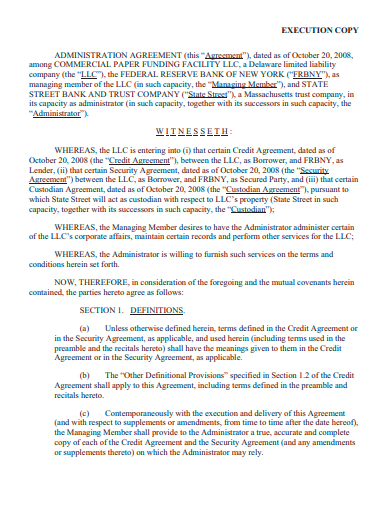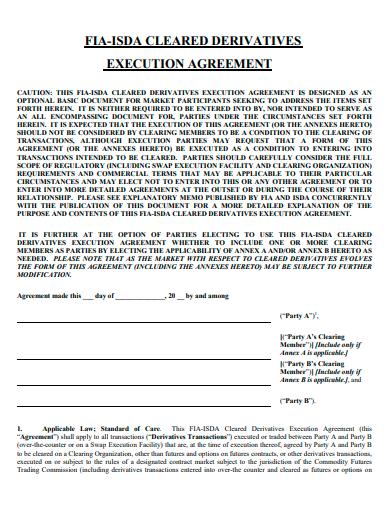Every organization, whether it’s a business or a company, needs to be able to come up with a detailed plan or blueprint that they can use as a road map for every project, activity, or task they’re asked to do. If you can do this, you will be able to help keep the whole management team and the rest of the organization on track for a number of things that may or may not come up during the project’s general development. Planning ahead is always a good way to run a business, but it’s especially important when you’re working on a project that aims to improve the parameters that your company has already set. Make sure that all of your processes are as foolproof as they can be. A plan for corrective action is made to do just that. A document that lists the important steps that the company’s management can take ahead of time to make it more likely that the change they want to make to the business will work. Well-written plans of action can do a lot to bring a whole idea together, turn a naive vision into the real world, and move things forward.
It’s always important to be able to plan ahead, because most of the time, that’s what determines whether or not something works or not. A well-known saying says that not making any plans is the same as making plans to fail. Using action plans, you and the people who made your project can let your organization know early on what needs to be done and what needs to be done. It makes sure that everyone has the time they need to get ready, helps them get the tools they need to do their jobs, and encourages most, if not all, of the employees to take part in the intervention.
Putting together an execution plan on paper might not seem like much, but in most cases, this is not the case. Especially for execution plans, the main goal is to set up these supporting parameters and protocols within your own company to make it less likely that there will be violations or differences and to define who is responsible for what. There can be a lot of responsibility in one document, but that’s the point, and it’s because of this that writing needs care and attention to detail. Before you start writing your own action plan, take a look at these examples to get an idea of what it looks like. These are examples that you can use if you want to. Look at both how it looks and how it works. When you feel comfortable with the material and have a good understanding of it, feel free to use these examples as guides or even as templates for the execution plan you will be writing on your own.
FREE 10+ Execution Agreement
1. Resolution Authorizing Execution of Agreement
2. Execution Version Settlement Agreement and Release
3. Execution Direct Agreement
4. Execution Security Agreement
5. Execution Management Agreement
6. Execution Asset Purchase Agreement
7. Letter Requesting Execution of Lease Agreement
8. Model Execution Agreement
9. Execution Administration Agreement
10. Execution Land Disposition Agreement
11. Execution Agreement in PDF
What Is an Execution Agreement?
Corrective action plans are almost the same as regular action plans in how they work. Both types of documents include the strategies, details, and an overview of the many parts and parameters that an organization might set up for the overall planning and implementation of the project. The company makes these documents to help with the planning and carrying out of the project. If the people who are working on the project want it to be successful, writing an action plan may be the best first thing they can do. This is true no matter how big, small, or strange the task is that needs to be done. Action plans are usually only a couple of pages long, but the length of the document depends a lot on the nature and scope of the project it will cover. Most plans of action are only a few pages long. Since the goal of corrective action plans is to fix problems with how a business works, they can often cover a lot of ground. That depends on what parts of the business are being talked about, like marketing, finances, or running the business. The action plan should include enough specifics and details about the steps and actions to make sure that whoever is working on the project knows right away what they need to do and how they need to do it. When writing an action plan, you should never be too vague or use too much work jargon. These two things are more likely to make things more confusing than to clear them up. It would be best for everyone if you just used simple, easy-to-understand language. The document doesn’t even have to be flashy or colorful; it just needs a few carefully placed images here and there. This should be more than enough to make the plan less harsh without making it look like it’s too much. Corrective action plans might not seem like much at first, but as soon as you start using them, you’ll see what a difference they can make.
How To Write an Execution Agreement
To make a plan of action that works, you need to do more than just write down steps and tasks on paper. The first thing you need to keep in mind is that you need to know exactly what you want to happen and how you plan to get there. The next step is to explain this process to your whole team. This will make sure that everyone working on the project knows exactly where you want to go and how you plan to get there. To make sure this happens, you need to follow a series of steps and keep them in mind at all times. These steps and some tips that we hope will help you write an action plan are described and talked about below.
- Define your goal
Before you start making a plan for how to get there, you should think about what you want to achieve. When a goal is clear, it finds its own way. If you jump into something without a clear plan or direction for where you want to end up, you are only setting yourself up to fail. You should start by analyzing the situation and the circumstances you’re in. Make SMART goals so you can better evaluate your goals and figure out whether or not you can reach them. - List down the steps
Give a list of the steps you think are necessary to reach the goal you’ve set. Don’t worry about which order these steps need to be done in just yet. Right now, the most important thing is that you write down everything that needs to be done. You need to be clear and give enough background information to make sure that these tasks are done the way they were meant to be done. - Prioritize tasks and deadlines
After you have made a list of the tasks, put them in order of what needs to be done first and which ones will take a lot of time, effort, and resources. - Set milestones
Even though the project won’t be done for a long time, if you set milestones along the way, your team will have something to look forward to. It’s always a good idea to pat yourself on the back every now and then, but it’s especially important when you’re trying to get your team to keep going. Over time, you’ll win a lot of small battles that don’t matter much. The important thing is to keep moving forward at a steady pace. - Identify the resources needed
You should get a head start by gathering and preparing the resources you need. If you do this, you won’t have to worry about having to stop working on the project because you’re out of supplies. Instead, you’ll be able to put all of your attention on making it better. It is better to have more than what you need than less than what you need. - Visualize your plan
Your action plan should not only list the tasks and activities that need to be done, but it should also be able to talk about the things you identified at the start. This is a big deal. Tell them about the tasks, the chain of command, the assignments, the due dates, and the full list of your supplies. When you can see the plan, it will be easier for you to decide if it is possible to make it work with the elements and circumstances you already have. - Monitor, Evaluate, Update
Action plans are a ‘live’ document. When you have put everything you want to say on paper, the writing process is not over. Due to the fact that these things can change and grow over time, the plan needs to be updated and changed on a regular basis.
FAQs
What are the five steps of an action plan?
What are the five SMART objectives?
- Specific
- Measurable
- Achievable
- Realistic
- Timed
What does corrective mean?
The term “corrective” refers to something that tends to correct, counteract, or restore a condition to its normal state.
Your business can benefit a lot from having a well-written and well-crafted action plan. Especially when it comes to making sure that the goals you’ve set for yourself have a good chance of actually being reached in the future. It makes sure that everything works well. Even though there are still problems, everyone who works for the organization has everything they need to fix the problem. Even though there are still problems, this is still the case.
Related Posts
FREE 10+ Trial Agreement Samples In MS Word | Google Docs | Apple Pages | PDF
FREE 9+ Shop Rental Agreement Samples [ Commercial, Lease, Tenancy ]
FREE 10+ Charter Agreement Samples In MS Word | Google Docs | Apple Pages | PDF
FREE 10+ Mentoring Agreement Samples In MS Word | Apple Pages | PDF
FREE 10+ Partner Agreement Samples In MS Word | Google Docs | Apple Pages | PDF
FREE 10+ Individual Agreement Samples In MS Word | Google Docs | Apple Pages | PDF
FREE 10+ Strategic Agreement Samples In MS Word | Google Docs | Apple Pages | PDF
FREE 10+ Equity Agreement Samples In MS Word | Google Docs | Apple Pages | PDF
FREE 10+ Producer Agreement Samples in MS Word | Apple Pages | PDF
FREE 10+ Grant Agreement Samples In MS Word | Apple Pages | PDF
FREE 8+ Meeting Agreement Samples in MS Word | Google Docs | Apple Pages | PDF
FREE 10+ Community Agreement Samples In MS Word | Google Docs | PDF
FREE 8+ Real Estate Option Agreement Samples in MS Word | PDF
FREE 10+ Call Option Agreement Samples In MS Word | PDF
FREE 10+ Advertising Agreement Samples In MS Word | Google Docs | Apple Pages | PDF

